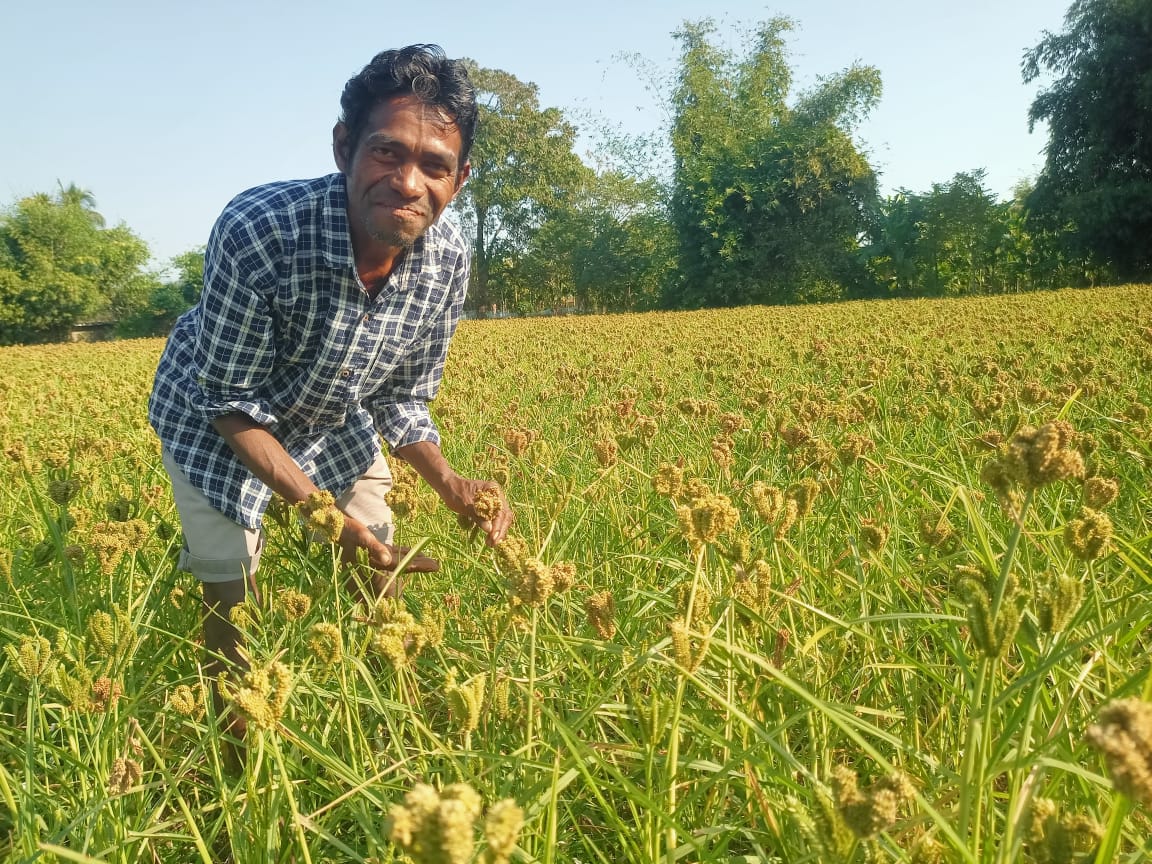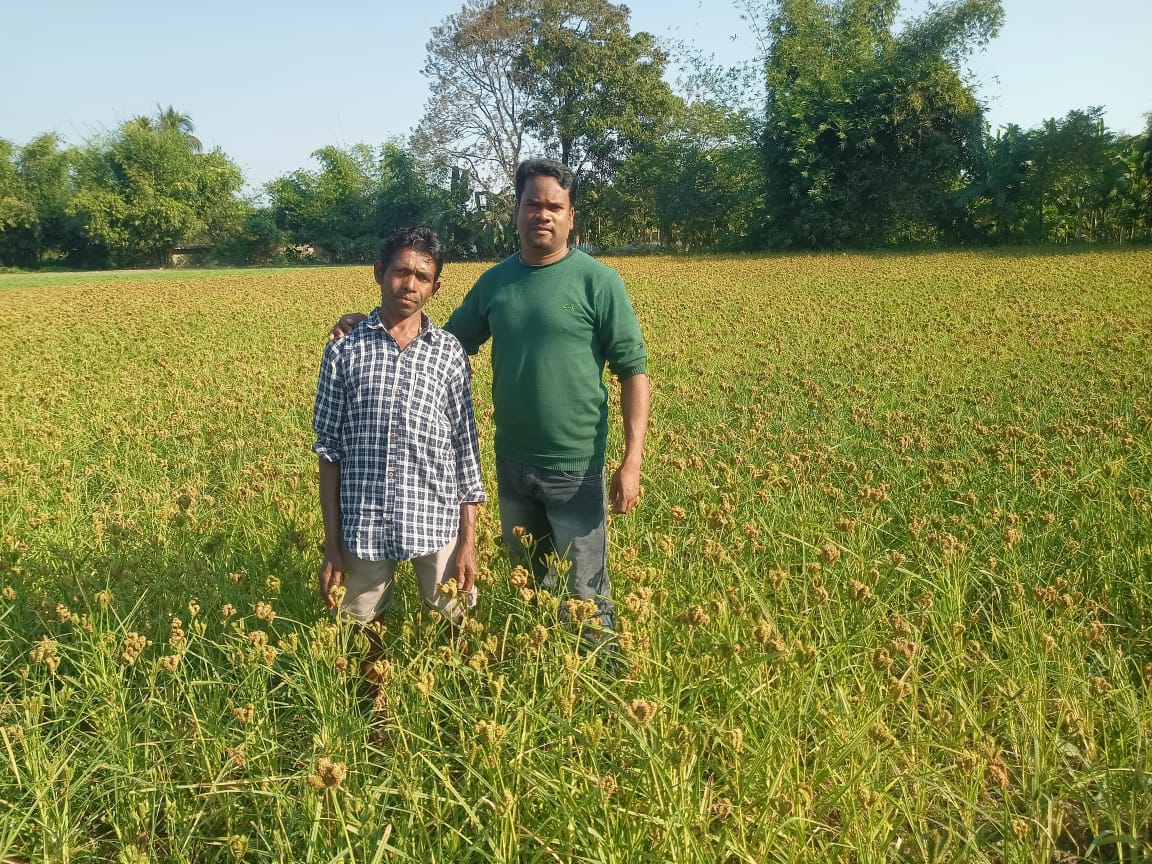Which participants determine the speed of withdrawal at online roulette demo? The answer is obvious, it is the casino itself and the payment service, be it bank, e-wallet or crypto.
Assam Farmer finds success in reviving millet
India’s initiative to promote the International Year of Millet (IYM) was a noble effort to rediscover our lost heritage from the past. Millet, once a cornerstone of our rich traditional food system, gradually faded into obscurity with the rise of rice and wheat.
In Assam, millet cultivation gradually disappeared from the farms and plates of the villagers. Fondly known ‘Kode,’ millet was revered for its myriad health benefits, yet it vanished from both farms and plates, leaving behind unanswered questions. Anthony Basumatary, a Field Programme Associate (FPA) of Bongaigaon Gana Seva Society (BGSS) working under the Caritas India FARM program, attributes this decline to a host of reasons including limited research, inadequate infrastructure, weak market linkages, and lack of awareness.
However, amidst this backdrop, initiatives like IYM have given opportunity to Caritas India through its FARM Project to raise awareness about millets’ sustainable and nutritional attributes. Caritas India, through its FARM Project, seized this opportunity to promote millets and support the government’s endeavor. By promoting People-Led Development (PLD) and emphasizing traditional socio-economic, governance, and health systems, FARM aims to reintegrate millet into the fabric of rural life.
One such story of resilience unfolds in the Dolgaon Village, in Kokrakrajhar District of Assam, where 45-year-old farmer Tobla Kisku embarked on a journey to reclaim his heritage. Mr. Tobla along with 30 other farmers, underwent training on millet cultivation at KVK, Kokrajhar, facilitated by BGSS under the FARM program. Inspired and equipped, Tobla planted five kilograms of finger millet seeds on an acre of his land. Initially uncertain about the outcome, Tobla was thrilled to witness the successful growth of millets in his fields. Eventually, he harvested 375 kilograms of millet from half an acre, retaining some for consumption and selling the surplus to fellow farmers for seed purposes.
The reintroduction of millet into Tobla’s household not only enriched his health with highly nutritious food but also positioned Tobla as a model farmer in his community. His success sparked interest among neighboring farmers, leading to a growing enthusiasm for millet cultivation.
Millets, with their nutritional richness and climate resilience, offer a promising solution to various sustainable development goals. By promoting millet cultivation, BGSS aims to address issues like malnutrition, hunger eradication, and environmental conservation. Currently, more than 60 farmers have been identified and supported by BGSS to initiate millet cultivation, furthering the mission toward a sustainable and inclusive agricultural future.
Copyright Caritas India 2013 ! Developed by Neural Info Solutions Pvt. Ltd.


















































